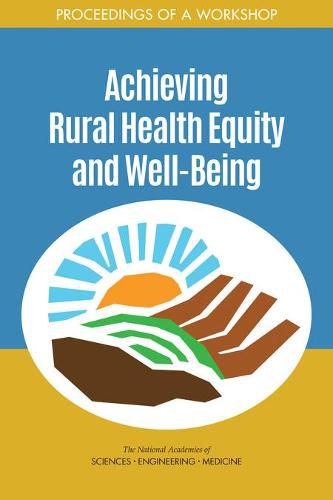Readings Newsletter
Become a Readings Member to make your shopping experience even easier.
Sign in or sign up for free!
You’re not far away from qualifying for FREE standard shipping within Australia
You’ve qualified for FREE standard shipping within Australia
The cart is loading…






Rural counties make up about 80 percent of the land area of the United States, but they contain less than 20 percent of the U.S. population. The relative sparseness of the population in rural areas is one of many factors that influence the health and well-being of rural Americans. Rural areas have histories, economies, and cultures that differ from those of cities and from one rural area to another. Understanding these differences is critical to taking steps to improve health and well-being in rural areas and to reduce health disparities among rural populations. To explore the impacts of economic, demographic, and social issues in rural communities and to learn about asset-based approaches to addressing the associated challenges, the National Academies of Sciences, Engineering, and Medicine held a workshop on June 13, 2017. This publication summarizes the presentations and discussions from the workshop.
$9.00 standard shipping within Australia
FREE standard shipping within Australia for orders over $100.00
Express & International shipping calculated at checkout
Rural counties make up about 80 percent of the land area of the United States, but they contain less than 20 percent of the U.S. population. The relative sparseness of the population in rural areas is one of many factors that influence the health and well-being of rural Americans. Rural areas have histories, economies, and cultures that differ from those of cities and from one rural area to another. Understanding these differences is critical to taking steps to improve health and well-being in rural areas and to reduce health disparities among rural populations. To explore the impacts of economic, demographic, and social issues in rural communities and to learn about asset-based approaches to addressing the associated challenges, the National Academies of Sciences, Engineering, and Medicine held a workshop on June 13, 2017. This publication summarizes the presentations and discussions from the workshop.